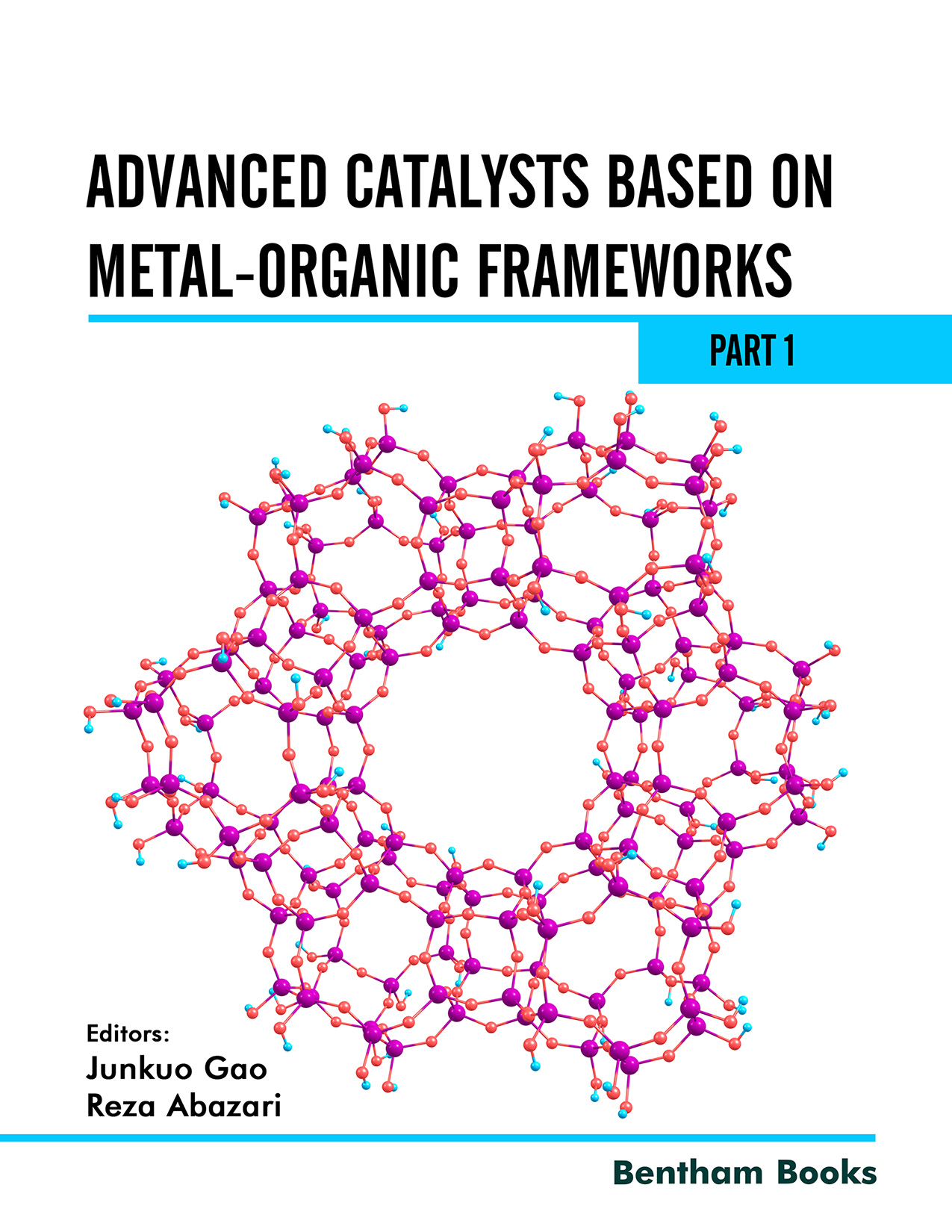MOFs and Their Composites as Catalysts for Organic Reactions

- Authors: Anna Olejnik1, Aleksandra Galarda2, Anita Kubiak3, Marcelina Kotschmarów4, Aleksander Ejsmont5, Agata Chełmińska6, Martyna Kotula7, Simona M. Coman8, Joanna Goscianska9
-
View Affiliations Hide Affiliations1 Adam Mickiewicz University in Poznań, Faculty of Chemistry, Department of ChemicalTechnology, Uniwersytetu Poznańskiego 8, 61 614 Poznań, Poland 2 Adam Mickiewicz University in Poznań, Faculty of Chemistry, Department of ChemicalTechnology, Uniwersytetu Poznańskiego 8, 61-614 Poznań, Poland 3 Adam Mickiewicz University in Poznań, Faculty of Chemistry, Department of ChemicalTechnology, Uniwersytetu Poznańskiego 8, 61-614 Poznań, Poland 4 Adam Mickiewicz University in Poznań, Faculty of Chemistry, Department of ChemicalTechnology, Uniwersytetu Poznańskiego 8, 61-614 Poznań, Poland 5 Adam Mickiewicz University in Poznań, Faculty of Chemistry, Department of ChemicalTechnology, Uniwersytetu Poznańskiego 8, 61-614 Poznań, Poland 6 Adam Mickiewicz University in Poznań, Faculty of Chemistry, Department of ChemicalTechnology, Uniwersytetu Poznańskiego 8, 61-614 Poznań, Poland 7 Adam Mickiewicz University in Poznań, Faculty of Chemistry, Department of ChemicalTechnology, Uniwersytetu Poznańskiego 8, 61-614 Poznań, Poland 8 University of Bucharest, Faculty of Chemistry, Department of Organic Chemistry, Biochemistryand Catalysis, Bd. Regina Elisabeta, 4-12, 030018 Bucharest, Romania 9 Adam Mickiewicz University in Poznań, Faculty of Chemistry, Department of ChemicalTechnology, Uniwersytetu Poznańskiego 8, 61-614 Poznań, Poland
- Source: Advanced Catalysts Based on Metal-organic Frameworks (Part 1) , pp 130-183
- Publication Date: January 2023
- Language: English
MOFs and Their Composites as Catalysts for Organic Reactions, Page 1 of 1
< Previous page | Next page > /docserver/preview/fulltext/9789815079487/chap3-1.gif
In recent years, metal-organic frameworks (MOFs) have significantly contributed to broadening the frontiers of science. Due to their distinctive properties including well-developed surface area, high porosity, multifarious composition, tunable and uniform pore structures, and comprehensive functionality, they were applied in different fields such as separation, drug delivery, fuel storage, chemical sensing, and catalysis. The application of pristine MOFs as materials that speed up the reaction rate could be restricted mainly because of the limited number of active sites and their low mechanical and thermal stability. In order to enhance their catalytic properties, metalorganic frameworks can be functionalized or integrated with a variety of materials to obtain composites or hybrids. The review outlines the state of art concerning the application of MOFs and their composites as catalysts in various organic transformation processes. A particular focus was given to the oxidation of alkanes, cycloalkanes, alkylbenzenes, alcohols, thiols, sulfides. Furthermore, the role of metalorganic frameworks in hydrogenation and CC coupling reactions were also presented.
-
From This Site
/content/books/9789815079487.chap3dcterms_subject,pub_keyword-contentType:Journal -contentType:Figure -contentType:Table -contentType:SupplementaryData105

